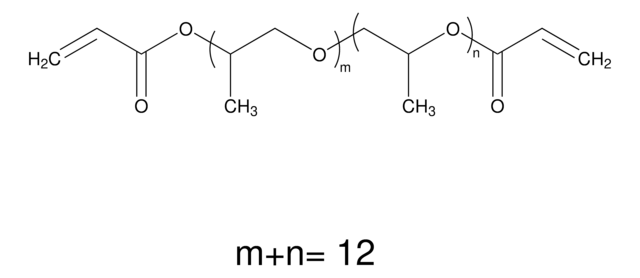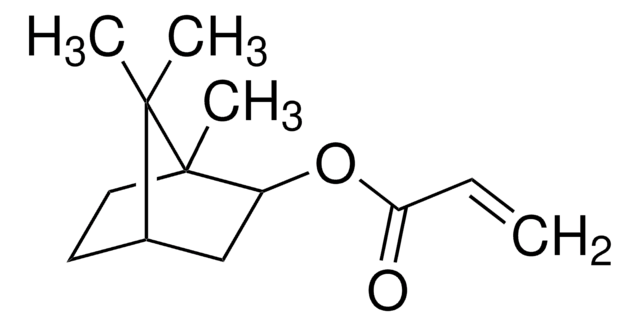Wichtige Dokumente
246808
Trimethylolpropantriacrylat
contains monomethyl ether hydroquinone as inhibitor, technical grade
Synonym(e):
TMPTA
About This Item
Empfohlene Produkte
Qualität
technical grade
Qualitätsniveau
Dampfdichte
>1 (vs air)
Dampfdruck
<0.01 mmHg ( 20 °C)
Enthält
monomethyl ether hydroquinone as inhibitor
Brechungsindex
n20/D 1.474 (lit.)
Dichte
1.1 g/mL at 25 °C (lit.)
SMILES String
CCC(COC(=O)C=C)(COC(=O)C=C)COC(=O)C=C
InChI
1S/C15H20O6/c1-5-12(16)19-9-15(8-4,10-20-13(17)6-2)11-21-14(18)7-3/h5-7H,1-3,8-11H2,4H3
InChIKey
DAKWPKUUDNSNPN-UHFFFAOYSA-N
Allgemeine Beschreibung
Anwendung
- Poly(trimethylolpropane triacrylate/Al(PTMPTA/Al) nanocomposites by in situ solution polymerization.
- Cross-linkable acrylamide/crotonic acid water retainer hydrogels.
- Polymer electrolyte for dye-sensitized solar cells.
Signalwort
Warning
H-Sätze
Gefahreneinstufungen
Aquatic Acute 1 - Aquatic Chronic 1 - Carc. 2 - Eye Irrit. 2 - Skin Irrit. 2 - Skin Sens. 1
Lagerklassenschlüssel
10 - Combustible liquids
WGK
WGK 2
Flammpunkt (°F)
382.1 °F - closed cup
Flammpunkt (°C)
194.5 °C - closed cup
Persönliche Schutzausrüstung
Eyeshields, Faceshields, Gloves, type ABEK (EN14387) respirator filter
Hier finden Sie alle aktuellen Versionen:
Besitzen Sie dieses Produkt bereits?
In der Dokumentenbibliothek finden Sie die Dokumentation zu den Produkten, die Sie kürzlich erworben haben.
Kunden haben sich ebenfalls angesehen
Unser Team von Wissenschaftlern verfügt über Erfahrung in allen Forschungsbereichen einschließlich Life Science, Materialwissenschaften, chemischer Synthese, Chromatographie, Analytik und vielen mehr..
Setzen Sie sich mit dem technischen Dienst in Verbindung.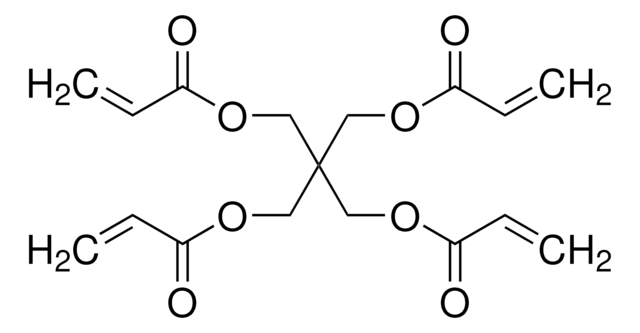
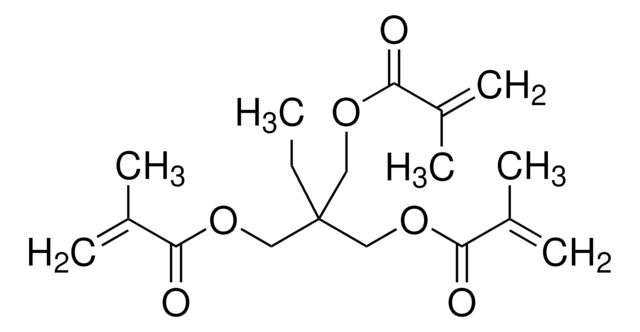

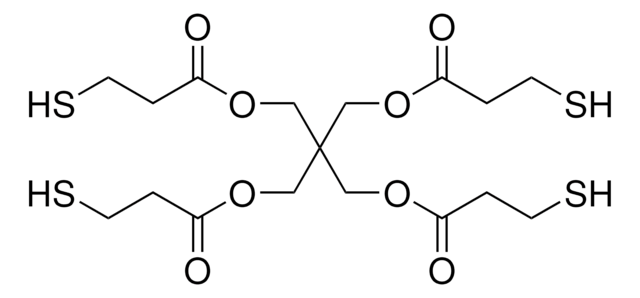
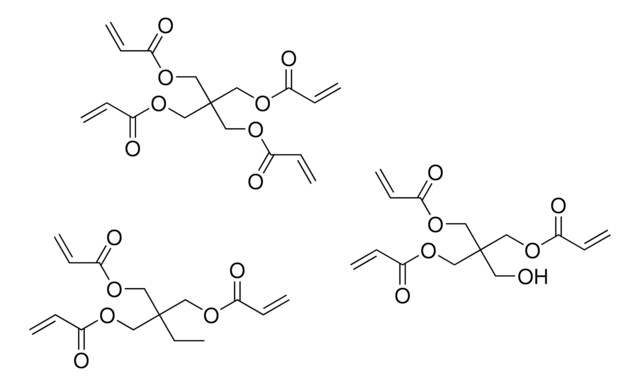
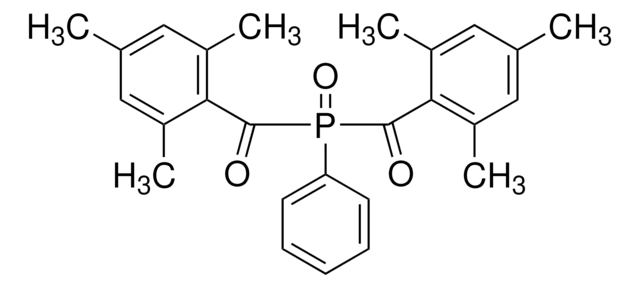


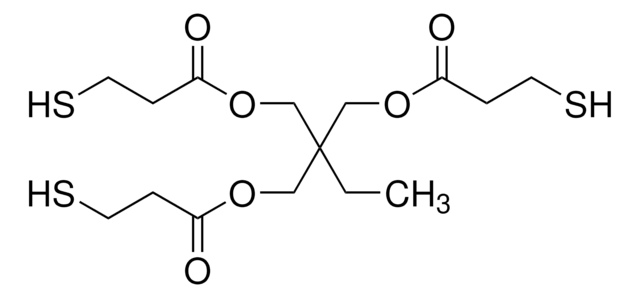





![Tris[2-(acryloyloxy)ethyl]isocyanurat](/deepweb/assets/sigmaaldrich/product/structures/254/494/1a620abc-8043-457f-92ec-87a959682438/640/1a620abc-8043-457f-92ec-87a959682438.png)
